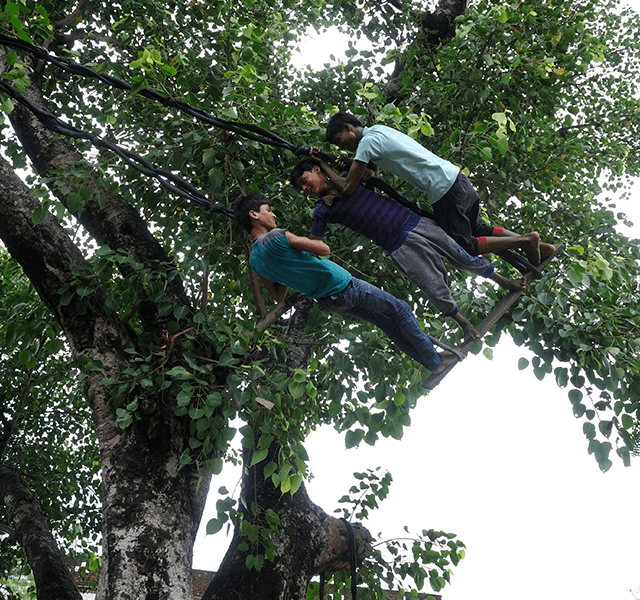

The fifteenth edition of PAHAL newsletter throws light on UP TSU’s support to GoUP in adopting a scientific approach for allocating Area of Responsibility (AoR) to ANMs working in sub-centres; also, geo-mapping of more than 1,80,000 Anganwadi Centres across the state by ICDS department with the support of UP TSU has been the highlight of the quarter.
Read MoreThe 14th issue of PAHAL offers insights on UP TSU’s work in the second quarter of 2022. This issue provides an update on the initiatives taken by UP TSU for enhancing the availability of Iron Folic Acid supplementation for pregnant women, accelerating PPH Emergency Care by Bundle Approach, the activation of district hospital level validation committee meetings and other key interventions.
Read MoreThe Government of Uttar Pradesh, with support from the UP TSU, rolled out an IT-enabled real-time ASHA Incentive application to bring transparency and efficacy to the incentive system in Uttar Pradesh. This brief talks about the incentive system and how the digitalization of the process has helped in tracking and monitoring ASHA incentive payment and performance.
Read MorePAHAL Issue 13 highlights the efforts of Government of Uttar Pradesh in conducting Skilled Birth Attendants (SBA) trainings, with support from UP TSU. This edition also includes the integration of PPIUCD training with SBA training for staff nurses and ANMs along with many more updates of
health.
Project MANCH, supported by HCL Foundation, aims to improve the MNCH outcomes in tribal areas of Madhya Pradesh. One of the key drivers of the Project are the ASHA Supervisor Mentors (ASMs) who provide need-based supportive supervision & mentoring to ASHA Supervisors & ASHAs. This brief highlights the Group Session conducted to understand their personal gains & challenges & brainstorm on possible solutions & strategies to strengthen the intervention.
Read More